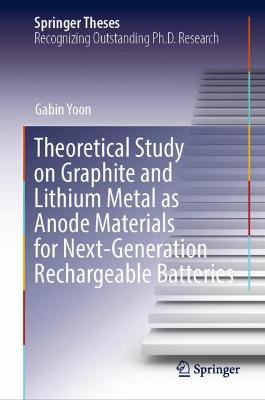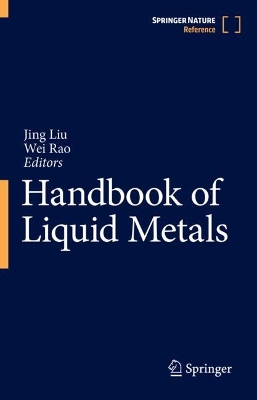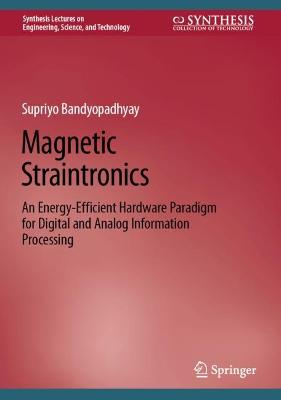Theoretical Study on Graphite and Lithium Metal as Anode Materials for Next-Generation Rechargeable Batteries
 portes grátis
portes grátis
Theoretical Study on Graphite and Lithium Metal as Anode Materials for Next-Generation Rechargeable Batteries
Yoon, Gabin
Springer Verlag, Singapore
07/2022
65
Dura
Inglês
9789811389139
15 a 20 dias
295
Descrição não disponível.
1 Introduction.- 1.1 Demands for energy storage system.- 1.2 Li-ion batteries.- 1.3 Post Li-ion batteries.- 1.3.1 Na-ion batteries.- 1.3.2 Li metal batteries.- 1.4 References.- 2 Na intercalation chemistry in graphite.- 2.1 Introduction.- 2.2 Experimental and computational details.- 2.2.1 Materials.- 2.2.2 Electrode preparation and electrochemical measurements.- 2.2.3 Operando XRD analysis.- 2.2.4 Computational details.- 2.3 Staging behavior upon Na-solvent co-intercalation.- 2.4 Na-solvent co-intercalation into graphite structure.- 2.5 Solvent dependency on electrochemical properties.- 2.6 Conclusions.- 2.7 References.- 3 Conditions for reversible Na intercalation in graphite.- 3.1 Introduction.- 3.2 Computational details.- 3.3 Unstable Na intercalation in graphite.- 3.3.1 Destabilization energy of metal reconstruction.- 3.3.2 Destabilization energy of graphite framework upon intercalation.- 3.3.3 Local interaction between alkali metal ions and the graphite framework.- 3.3.4 Mitigating the unfavorable local interaction between Na and graphene layers.- 3.4 Conditions of solvents for reversible Na intercalation into graphite.- 3.4.1 Solvent dependency on reversible Na-solvent co-intercalation behavior.- 3.4.2 Thermodynamic stability of Na-solvent complex.- 3.4.3 Chemical stability of Na-solvent complex.- 3.4.4 Unified picture of Na-solvent co-intercalation behavior.- 3.5 Conclusions.- 3.6 References.- 4 Electrochemical deposition and stripping behavior of Li metal.- 4.1 Introduction.- 4.2 Computational details.- 4.3 Effect of deposition rate.- 4.4 Effect of surface geometry.- 4.5 Implications of SEI layer properties.- 4.6 Consequences of the history of deposition and stripping.- 4.7 Conclusions.- 4.8 References.
Este título pertence ao(s) assunto(s) indicados(s). Para ver outros títulos clique no assunto desejado.
Li/Na intercalation;Na-ion batteries;Na-graphene interaction;Na-solvent cointercalation in graphite;Continuum mechanics study;High-energy-density Li metal anodes
1 Introduction.- 1.1 Demands for energy storage system.- 1.2 Li-ion batteries.- 1.3 Post Li-ion batteries.- 1.3.1 Na-ion batteries.- 1.3.2 Li metal batteries.- 1.4 References.- 2 Na intercalation chemistry in graphite.- 2.1 Introduction.- 2.2 Experimental and computational details.- 2.2.1 Materials.- 2.2.2 Electrode preparation and electrochemical measurements.- 2.2.3 Operando XRD analysis.- 2.2.4 Computational details.- 2.3 Staging behavior upon Na-solvent co-intercalation.- 2.4 Na-solvent co-intercalation into graphite structure.- 2.5 Solvent dependency on electrochemical properties.- 2.6 Conclusions.- 2.7 References.- 3 Conditions for reversible Na intercalation in graphite.- 3.1 Introduction.- 3.2 Computational details.- 3.3 Unstable Na intercalation in graphite.- 3.3.1 Destabilization energy of metal reconstruction.- 3.3.2 Destabilization energy of graphite framework upon intercalation.- 3.3.3 Local interaction between alkali metal ions and the graphite framework.- 3.3.4 Mitigating the unfavorable local interaction between Na and graphene layers.- 3.4 Conditions of solvents for reversible Na intercalation into graphite.- 3.4.1 Solvent dependency on reversible Na-solvent co-intercalation behavior.- 3.4.2 Thermodynamic stability of Na-solvent complex.- 3.4.3 Chemical stability of Na-solvent complex.- 3.4.4 Unified picture of Na-solvent co-intercalation behavior.- 3.5 Conclusions.- 3.6 References.- 4 Electrochemical deposition and stripping behavior of Li metal.- 4.1 Introduction.- 4.2 Computational details.- 4.3 Effect of deposition rate.- 4.4 Effect of surface geometry.- 4.5 Implications of SEI layer properties.- 4.6 Consequences of the history of deposition and stripping.- 4.7 Conclusions.- 4.8 References.
Este título pertence ao(s) assunto(s) indicados(s). Para ver outros títulos clique no assunto desejado.







